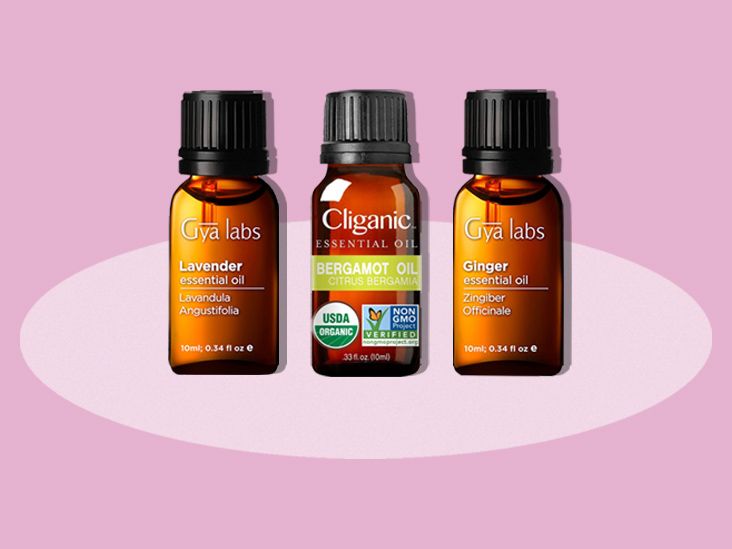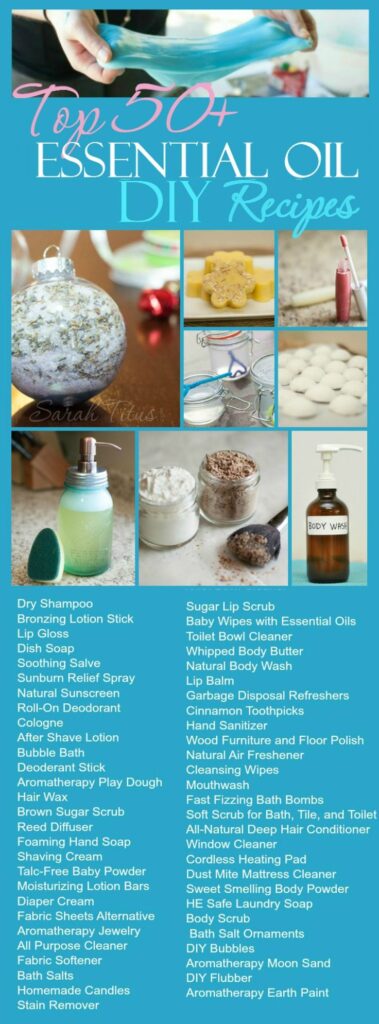Essence oils have captivated many with their enchanting scents and therapeutic benefits. Have you ever wondered how to create your essence oils like a professional perfumer? This blog will delve into the art and science of making essence oils from the comfort of your home.
From selecting suitable base oils to understanding extraction techniques, we will explore the secrets behind crafting high-quality essence oils. Whether you are a beginner or a seasoned enthusiast in aromatherapy, this guide will provide you with step-by-step instructions and valuable tips to unlock the secrets of making essence oils like a pro.
Join us on this aromatic journey as we uncover the techniques, tools, and ingredients needed to create unique and personalized essence oils that resonate with your senses and well-being.
💚✨💚 pic.twitter.com/ofFykUU4Mz
— Vee (@chotifataakdi) August 12, 2023
Introduction: Exploring the World of Essence Oils
Essence oils, also known as essential oils, are concentrated extracts derived from plants, flowers, and fruits. Their aromatic and therapeutic properties have been used for centuries in various cultures. Understanding the basics of essence oils is essential if you are interested in making essence oil like a pro.
The Process of Extracting Essence Oils
Essence oils are typically extracted through methods like distillation, cold-pressing, or solvent extraction. Each method yields oils of varying quality and properties. It’s crucial to choose the suitable method based on the plant or herb you’re working with.
Proper equipment and precise techniques are essential to ensure high-quality essence oils. Attention to detail during the extraction process can significantly improve the final product.
Benefits of Essence Oils
Essence oils offer a wide range of benefits, including aromatherapy, skincare, and natural healing remedies. They can help relieve stress, improve sleep quality, and even boost concentration and focus.
By incorporating essence oils into your daily routine, you can experience their therapeutic and aromatic advantages.

Understanding Essence Oils: What Makes Them Special
Essence oils, also known as essential oils, are concentrated extracts derived from plants, flowers, herbs, and fruits. These oils are highly prized for their therapeutic properties and versatile uses. What sets essence oils apart is how to make essence oil techniques that capture the essence of the source material.
The Extraction Process
Essence oils are extracted through various methods such as steam distillation, cold pressing, or solvent extraction. Each method preserves the unique aroma and benefits of the plant components.
It is important to note that the extraction process requires precision and expertise to ensure the purity and potency of the final oil.
Health and Wellness Benefits
Essence oils offer a wide range of health and wellness benefits, including how to make essence oil for aromatherapy, skincare, hair care, and natural remedies. These oils can help reduce stress, improve sleep quality, alleviate pain, and boost immunity.
- Peppermint oil for headache relief
- Lavender oil for relaxation
- Tea tree oil for skin conditions
Gathering Essential Ingredients and Tools
Before diving into the process of making essence oil, gathering all the essential ingredients and tools is crucial. To create high-quality essence oil, you will need the following:
1. Essential Oils
Essential oils are the primary ingredients used in essence oil production. Choose high-quality essential oils to ensure the best aroma and therapeutic benefits. Some popular options include lavender, peppermint, and lemon.
2. Carrier Oils
Carrier oils dilute essential oils and help them spread evenly on the skin. Common carrier oils, such as sweet almond oil or coconut oil, are ideal choices.
3. Distillation Equipment
You will need distillation equipment such as a distillation flask, condenser, and heat source to extract essence oil. These tools are essential for separating the vital oils from the plant material.
Step-by-Step Guide: Making Essence Oil at Home
Creating your oil at home is a rewarding and straightforward process. Follow these steps to craft your customized essence oil:
Gather Your Ingredients
Start by collecting your desired botanicals, carrier oil, and a clean glass jar with a tight-fitting lid. Choose high-quality ingredients for the best results.
Infusion Process
Place the botanicals in the jar and cover them with the carrier oil. Seal the jar tightly and store it in a cool, dark place for about 4-6 weeks to allow the infusion process to occur.
- Ensure the jar is shaken gently every few days to promote proper infusion.
Straining and Storing
After the infusion period, strain the oil using a fine mesh strainer or cheesecloth to remove the botanical matter. Transfer the essence oil to a clean, dark glass bottle for storage.
**Pro Tip:** Label and date your essence oil bottles for easy identification.
Tips and Tricks for Enhancing Your Essence Oil
Enhancing your essence oils can take your creations to the next level. By following these tips and tricks, you can elevate the fragrance and potency of your oils:
Select Quality Ingredients
Start by choosing high-quality base oils for your essence oil blend. These oils act as carriers for the scent and should be neutral in aroma.
Additionally, select premium essential oils based on their therapeutic properties and potency.
Proper Dilution Ratios
Ensure you are diluting your essential oils correctly to avoid skin irritation. Follow the recommended dilution ratios to maintain the integrity of your essence oil.
- A dilution of 1-2% is often suitable for facial oils.
- Body oils may require a higher dilution of 2-5%.
Benefits of Using Homemade Essence Oils
Homemade essence oils offer many benefits, making them popular among DIY enthusiasts and natural remedy lovers. One key advantage is the assurance of using pure and natural ingredients, ensuring that the final product is free from harmful chemicals and additives.
Enhanced Aromatherapy Experience
Individuals can customize the scents according to their preferences when using homemade essence oils, creating a personalized aromatherapy experience. This customization allows for tailoring the scents to specific needs, whether for relaxation, focus, or mood enhancement.
Cost-Effective and Eco-Friendly
Creating essence oils at home is a cost-effective alternative to purchasing expensive commercial products. By utilizing natural ingredients and reusable containers, homemade essence oils contribute to a sustainable and eco-friendly lifestyle, reducing environmental impact.
Frequently Asked Questions
- What is essence oil?
- Essence oil, an essential oil, is a concentrated liquid containing aromatic compounds from plants. It is commonly used in aromatherapy and perfumery and for its various health benefits.
- What are the benefits of making essence oil at home?
- Making essence oil at home allows you to customize the scents and blends according to your preferences. It can also be a fun and creative DIY project, and homemade essence oils are free from synthetic additives or chemicals.
- What ingredients are needed to make essence oil?
- To make essence oil, you will need carrier oil (such as jojoba or almond oil), herbs or botanicals of your choice, a glass jar, and a dark, cool place for the infusion process.
- How can I extract essence oil from herbs?
- The most common method to extract essence oil from herbs is through infusion. This involves steeping the spices in a carrier oil for a period of time to allow the aromatic compounds to transfer into the oil.
- Are there any safety precautions to consider when making essence oil at home?
- When making essence oil at home, it is important to use fresh, high-quality ingredients and clean equipment to prevent contamination. Some herbs may cause skin irritation or allergic reactions, so it’s recommended to do a patch test before using the oil.
Unlocking the Secrets: How to Make Essence Oil Like a Pro
In conclusion, mastering the art of making essence oil is a rewarding journey that allows you to create personalized scents that cater to your unique preferences. You can confidently craft high-quality essence oils at home by understanding extraction methods, blending techniques, and dilution ratios. Remember to prioritize using high-quality ingredients, experimenting with different scent combinations, and storing your oils properly to preserve their potency. Whether you’re a beginner or a seasoned DIY enthusiast, the key is to have patience, passion, and a willingness to learn from each batch you create. So, unlock the secrets and immerse yourself in the wonderful world of essence oils!

